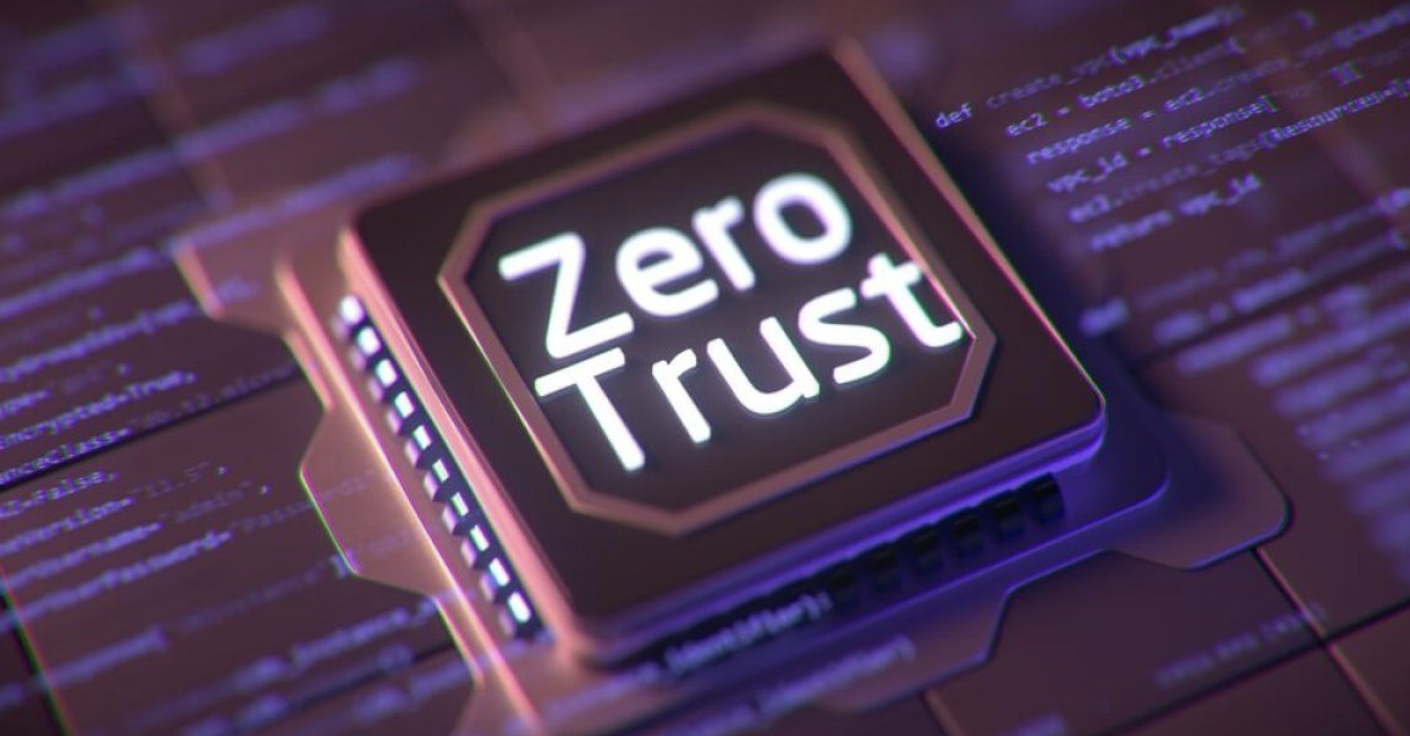The Zero Trust model operates on a fundamental rule: “Never trust, always verify.” This approach demands strict authentication and authorization for every request, rejecting any assumption of inherent trust. It’s more than just a concept—it’s a comprehensive strategy designed to safeguard data by continually scrutinizing user access and activities. By focusing on constant validation, Zero Trust effectively addresses insider threats and other security challenges.
In this article, we’ll explore what Zero Trust is all about, its key benefits, and how to implement it effectively. We'll also explain how Safetica can assist you in applying Zero Trust principles to enhance your organization's data protection.
Understanding the five essential pillars of zero trust

Identity: This pillar is all about confirming who’s trying to access your network. Make sure to use strong authentication methods like multi-factor authentication (MFA). MFA adds an extra layer of security by requiring additional verification, such as a code sent to a user’s phone, beyond just a password.
Device: This aspect ensures that any device connecting to your network meets your security standards. Use endpoint protection tools to monitor and secure devices, making sure they’re free from malware and have the latest updates before they’re allowed network access.
Network: Here, the focus is on dividing your network into smaller segments to limit potential threats and minimize breach impact. Techniques like micro-segmentation and applying least privilege principles help by isolating different network areas and restricting user access to only what’s necessary for their job.
Application: This pillar involves protecting both applications and the data they handle from unauthorized access and vulnerabilities. Employ software that can detect and respond to threats in real time, ensuring that only authorized users can access sensitive applications.
Data: Safeguarding data is crucial, whether it's being stored, transmitted, or used. Implement strong encryption and comprehensive Data Loss Prevention (DLP) solutions to keep data secure. This means encrypting data both in transit and at rest, and continuously monitoring for any signs of unauthorized access or breaches.
Adopting a trust-no-one approach
Rolling out a Zero Trust model in your organization can be complex, but following these practical tips will help streamline the process and improve effectiveness. Here’s a step-by-step approach to cover various aspects of your network and security setup.
- Map Out Your Network: Begin by creating a detailed map of your network. Identify all components, including users, devices, services, and data. This will give you a clear picture of what needs protection and highlight potential weak spots.
- Create Unique Identities: Ensure that every user, device, and service has a distinct identity. Use robust authentication methods, such as multi-factor authentication (MFA), to consistently verify these identities.
- Monitor User and Device Activity: Keep a close eye on user behavior and device health, especially if you have a bring-your-own-device (BYOD) policy. Utilize tools like behavioral analytics and endpoint detection and response (EDR) to spot any unusual activity that could signal a security threat.
- Define Access Policies: Develop detailed and specific authorization policies that control who can access what. Use these policies to assess each access request based on established criteria.
- Use Multiple Authentication Signals: Strengthen access control by considering multiple signals for authentication. This could include factors like device location, device health, user identity, and behavior, providing a thorough risk assessment.
- Implement Ongoing Monitoring: Continuously monitor users, devices, and services to quickly identify and address any threats. Integrate your monitoring tools with your authorization policies to ensure a proactive and flexible security approach.
- Apply Zero Trust Across All Networks: Extend Zero Trust principles to all network segments, including local networks. Avoid assuming that any network segment is inherently safe.
- Choose Zero Trust-Compatible Solutions: Opt for security services and products that align with Zero Trust principles. Look for tools that offer strong authentication, continuous monitoring, and adaptive access controls.
- Segment Your Network: Employ micro-segmentation to limit lateral movement within your network. By breaking your network into smaller, isolated segments, you can contain breaches and prevent their spread.
- Train Your Team: Ensure that your team understands Zero Trust principles and overall data security practices. Regular training and awareness programs will help reinforce your security policies and keep everyone informed.
What sets zero trust apart from traditional security models
Zero Trust fundamentally shifts the approach to cybersecurity by assuming that threats can originate from both within and outside the network. Unlike traditional security models, which rely on a clear boundary and assume that everything inside is secure, Zero Trust continuously verifies every access request. Traditional methods, such as perimeter-based security and firewalls, operate on the premise that once inside the network, entities are automatically trusted. This approach can leave gaps that expose systems to breaches.
Here’s how Zero Trust diverges from conventional security strategies:
Perimeter-based Security
- Traditional Approach: Concentrates on protecting the network's outer edge.
- Zero Trust: Abandons the concept of a fixed perimeter. Every access request is scrutinized and authenticated, irrespective of the requester's location.
Implicit Trust vs. Continuous Verification
- Traditional: Assumes trust for entities that are within the network once they’ve been verified. Essentially, access is granted permanently once inside.
- Zero Trust: Maintains that trust is never automatic. It requires ongoing authentication and authorization for every user, device, and application, regardless of previous trust.
Static vs. Adaptive Security
- Traditional: Relies on static defenses like firewalls and VPNs that do not adapt to changing threats.
- Zero Trust: Implements real-time, adaptive security measures that respond dynamically to emerging threats and changing conditions.
Scope and Integration
- Traditional: Often features fragmented security measures targeting specific elements, such as individual firewalls or antivirus solutions.
- Zero Trust: Adopts a comprehensive approach that integrates identity management, device security, network segmentation, application control, and data protection into a unified framework.
Internal vs. External Threats
- Traditional: Primarily designed to guard against external attacks.
- Zero Trust: Acknowledges that threats can arise from both internal and external sources, applying stringent security measures across all potential access points.
How Safetica supports the implementation of zero trust principles

SearchInform is instrumental in helping organizations put Zero Trust principles into practice. By leveraging Safetica’s Data Loss Prevention (DLP) solutions, companies can strengthen their Zero Trust frameworks in several crucial ways:
Data Classification:
Safetica helps organizations pinpoint and categorize sensitive information. By understanding what data requires protection, businesses can implement Zero Trust principles more precisely, ensuring that access to crucial data is restricted to authorized users and devices only.
Real-Time Monitoring:
Safetica offers continuous tracking of how data is accessed and used. This aligns with Zero Trust’s need for ongoing surveillance and responsive security measures. It quickly identifies and alerts on any suspicious activity, allowing for rapid intervention when needed.
Managing Insider Threats:
Zero Trust operates under the assumption that threats may arise from within as well as outside the organization. Safetica’s tools are designed to monitor and control insider activities, helping prevent unauthorized access or data leaks and reinforcing the Zero Trust principle of constant verification.
Endpoint Protection:
Safetica ensures that all devices connecting to the network adhere to security standards. This is vital for maintaining a Zero Trust framework, where every device must be verified and compliant before gaining access.
Enforcing Policies:
Safetica aids in applying strict access and authorization policies. By integrating these with Zero Trust principles, organizations can ensure that access controls are effectively and consistently enforced across all areas of their network.
To discover how Safetica’s top-tier solutions can meet the unique needs of your organization, book a demo call with us today.